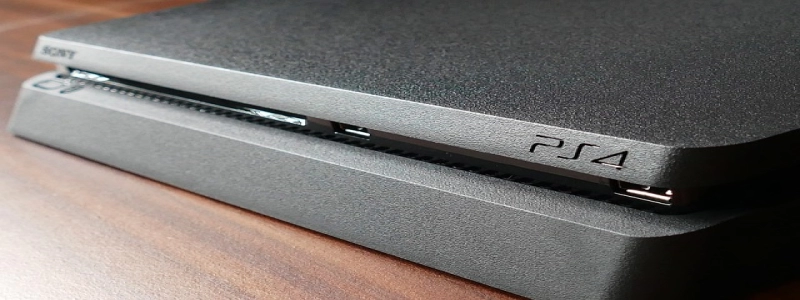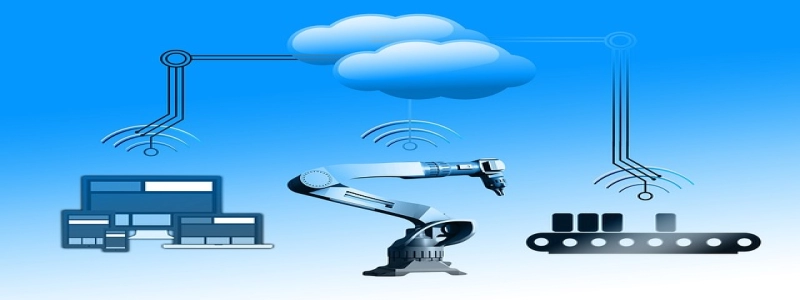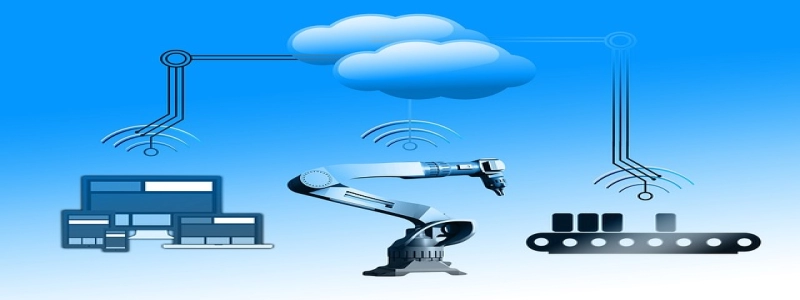titel på första nivån:SFP Transceiver Types
Andra nivån titel:Introduction to SFP Transceivers
内容:SFP (Small Form-Factor Pluggable) transceivers are compact, hot-pluggable optical transceivers used in a variety of network applications. They facilitate the transmission of data over fiber optic cables and are designed to be compatible with various networking equipment.
三级标题:Single-mode SFP Transceivers
内容:Single-mode SFP transceivers are designed to work with single-mode fiber optic cables. These cables have a smaller core diameter, allowing for the transmission of data over longer distances with minimal signal loss. Single-mode SFP transceivers are commonly used in long-haul network applications, such as telecommunications and data centers.
三级标题:Multimode SFP Transceivers
内容:Multimode SFP transceivers are designed to work with multimode fiber optic cables. These cables have a larger core diameter, allowing for the transmission of data over shorter distances. Multimode SFP transceivers are commonly used in local area network (LAN) applications, such as connecting devices within a building or campus.
三级标题:BiDi SFP Transceivers
内容:BiDi (Bidirectional) SFP transceivers are designed to transmit and receive data over a single fiber optic cable. They use wavelength division multiplexing (WDM) technology to allow for bidirectional communication without the need for two separate fibers. BiDi SFP transceivers are commonly used in situations where only one fiber is available or where fiber infrastructure is limited.
三级标题:CWDM and DWDM SFP Transceivers
内容:CWDM (Coarse Wavelength Division Multiplexing) and DWDM (Dense Wavelength Division Multiplexing) SFP transceivers are designed to increase the bandwidth capacity of fiber optic networks. They utilize multiple wavelengths (colors) of light to carry multiple data streams over a single fiber optic cable, allowing for the simultaneous transmission of data at different wavelengths. CWDM and DWDM SFP transceivers are commonly used in high-capacity network applications, such as backbone connections between data centers.
Andra nivån titel:Choosing the Right SFP Transceiver
内容:When selecting an SFP transceiver, it is important to consider the specific requirements of the network application. Factors to consider include the distance of the link, the type of fiber optic cable being used, and the available budget. It is also important to ensure compatibility with the networking equipment being used, as not all equipment supports all types of SFP transceivers.
Andra nivån titel:Slutsats
内容:SFP transceivers come in various types to accommodate different network requirements. Whether it is single-mode, multimode, BiDi, or CWDM/DWDM, selecting the right SFP transceiver is crucial for ensuring reliable and efficient data transmission over fiber optic networks. By understanding the different types of SFP transceivers and their applications, network administrators can make informed decisions when it comes to deploying and upgrading their network infrastructure.






